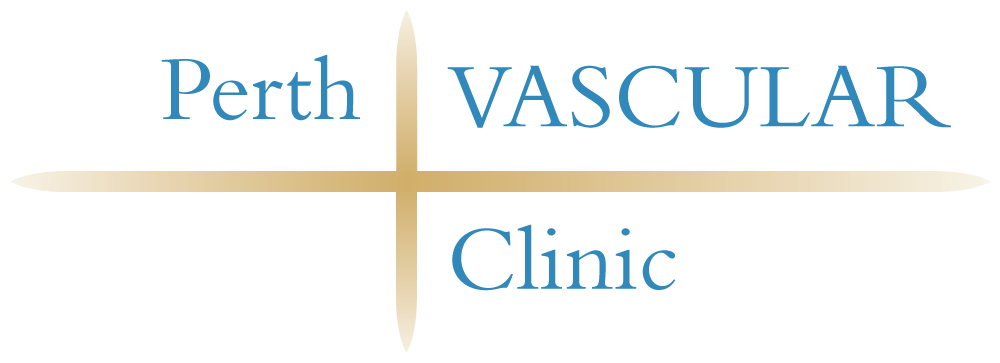Upper Limb Occlusive Disease
Upper Limb Occlusive Disease or Upper Extremity Occlusive Disease as it is also known, relates to the obstruction of large arteries in the arms (Subclavian and/or Axillary Arteries) often due to a build up of plaque that causes the arteries to narrow and stiffen. This process is called atherosclerosis.
It is far less common than Lower Limb/Extremity Occlusive Disease due to the arms’ closer proximity to the heart, and the fact that most patients are asymptomatic making it difficult to diagnose.
This process is not infrequently diagnosed as abnormally low blood pressure in one of the arm.
A separate condition well known to cause Subclavian/Axillary Artery stenosis is Thoracic Outlet Syndrome. In this condition the collar bone (clavicle) causes chronic excessive pressure applied to the outside of the above-mentioned arteries and compresses them against the first rib. Occasionally an extra rib arising from the neck called cervical rib can cause the same problem.
Treatment options:
- Subclavian artery angioplasty – a procedure that involves inserting a small balloon into the artery and inflating it to flatten the plaque, thus removing the obstruction.
- Subclavian artery angioplasty and stenting – a procedure that involves inserting a small balloon into the affected artery and inflating it to flatten the plaque, before inserting a stent to hold the artery open. This is required when angioplasty alone will not correct the problem.
- Open Bypass Surgery – infrequent way of addressing this problem requiring creation of communication between arteries above and beyond narrowing (stenosis) or blockage (occlusion) using either native material (vein bypass) or synthetic one (prosthetic bypass).
